 When the pandemic hit, Chris and his wife, Stephanie, could not stop thinking about their neighbors. How would people get by when so much of daily life had been upended, suddenly struggling to make ends meet?
When the pandemic hit, Chris and his wife, Stephanie, could not stop thinking about their neighbors. How would people get by when so much of daily life had been upended, suddenly struggling to make ends meet?
“In the early days of the pandemic, our first thought was that there will be many people in our community who might not be able to meet their most basic needs and certainly food is one of those,” Chris said. “We wanted our support to reach people quickly and reliably, and the San Francisco-Marin Food Bank was the best way to do that.”
That reliability mattered because Chris knew one thing for certain: without food, nothing else is possible. “It’s foundational,” he said. “When people know they’ll eat, everything else — school, work, caring for yourself and your family — gets easier. Investing in food is investing in dignity and opportunity. We all live in this community together and collectively we have a vested interest in the strength of its members.”
Why Food Security Matters
Chris knows from personal experience that food insecurity puts tremendous strain on families. “There were times in my life as a child where our family just barely had enough for the basics,” he shared. “It puts a tremendous amount of stress on the family.”
Seeing the Food Bank step up during the pandemic, along with his own memories of growing up, convinced Chris to donate regularly. He was also drawn to the Food Bank’s ability to make gifts go further, turning every dollar into enough food for two meals.
On top of that, Chris discovered he could stretch his donations even further through his employer’s matching gift program. “Most large employers offer matching gifts for charitable donations,” Chris said. “In my case the company was good at informing employees of our giving options, including matching gifts. The process was simple, I submitted an online request with proof of my donation and within a few weeks, a matching gift was processed.”
That simple step made a big difference. “It’s the simplest multiplier I know,” Chris said. “Taking the time to fill out a form turns one gift into two. In the case of the Food Bank, that translates directly into more groceries for more people right away.”
Encouraging Others to Act
Chris hopes more people will take advantage of workplace giving, because he has seen how much it can multiply the impact of a single gift. A few minutes spent submitting a form to your employer can mean twice as many meals for a neighbor in need.
“It all helps,” he said. “What you may consider small may be the difference between a child, a senior, or any person having something to eat in a day or nothing at all. We live in a community that’s blessed with large amounts of resources, but it’s important to remember that not everyone has access to the same benefits, and they can use your help. Give to what you care about. For us, it’s food security because it impacts a most basic human need.”



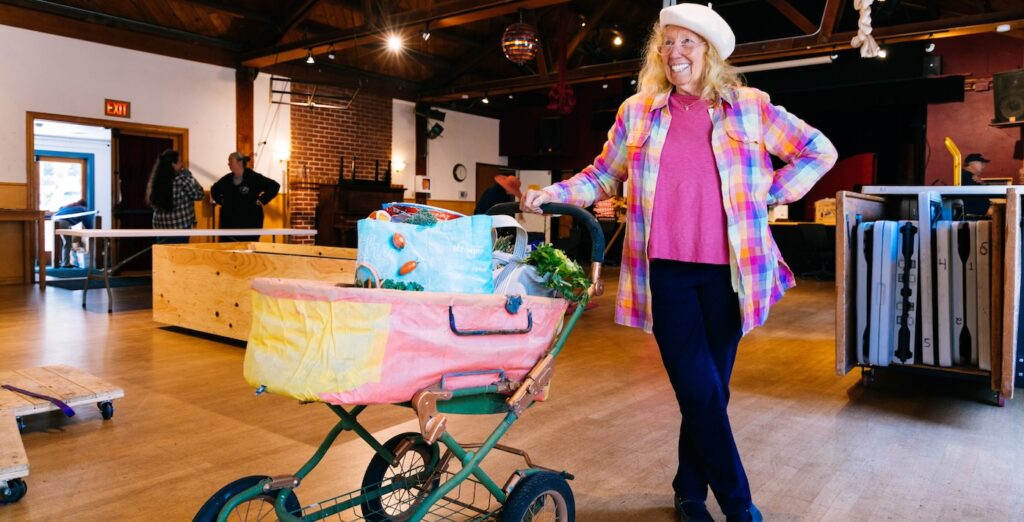 When people think about seaside towns in Marin County, they often conjure up visions of luxury. But nestled just below the Point Reyes National Seashore is the tight-knit town of Bolinas, where the reality is quite different.
When people think about seaside towns in Marin County, they often conjure up visions of luxury. But nestled just below the Point Reyes National Seashore is the tight-knit town of Bolinas, where the reality is quite different. The steady supply of food is what makes the 13-year partnership between the Bolinas Community Inc. food pantry and the San Francisco-Marin Food Bank essential. More than 200 people come through the pantry each Thursday, relying on the shelf-stable staples and fresh produce. And for many, the chance to connect is just as much of a lifeline.
The steady supply of food is what makes the 13-year partnership between the Bolinas Community Inc. food pantry and the San Francisco-Marin Food Bank essential. More than 200 people come through the pantry each Thursday, relying on the shelf-stable staples and fresh produce. And for many, the chance to connect is just as much of a lifeline. For Alfonz, a longtime participant managing serious health conditions, the pantry is essential to his stability. “I used to go in every day to the emergency room because something went wrong every day,” he recalls. But now that he’s able to eat the healthy food he needs to manage his symptoms, his quality of life has improved.
For Alfonz, a longtime participant managing serious health conditions, the pantry is essential to his stability. “I used to go in every day to the emergency room because something went wrong every day,” he recalls. But now that he’s able to eat the healthy food he needs to manage his symptoms, his quality of life has improved. A lot has changed since Carolyn and Stephen started giving to the Food Bank in 1995, but their commitment to making an impact — and Carolyn’s passion for smart financial giving — hasn’t wavered.
A lot has changed since Carolyn and Stephen started giving to the Food Bank in 1995, but their commitment to making an impact — and Carolyn’s passion for smart financial giving — hasn’t wavered.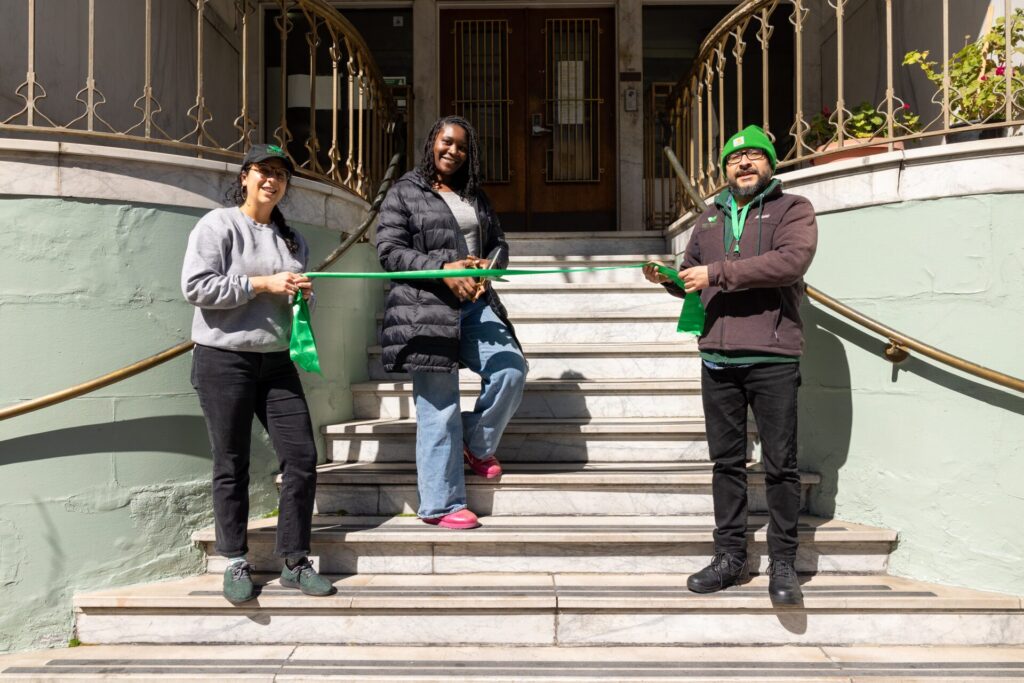 At the Food Bank, we know that food insecurity doesn’t happen by chance. It’s the result of deeper issues like poverty, housing insecurity, and systemic inequality. That’s why we’re proud to partner with Mary Elizabeth Inn, an organization that knows it takes more than meals to create lasting change.
At the Food Bank, we know that food insecurity doesn’t happen by chance. It’s the result of deeper issues like poverty, housing insecurity, and systemic inequality. That’s why we’re proud to partner with Mary Elizabeth Inn, an organization that knows it takes more than meals to create lasting change.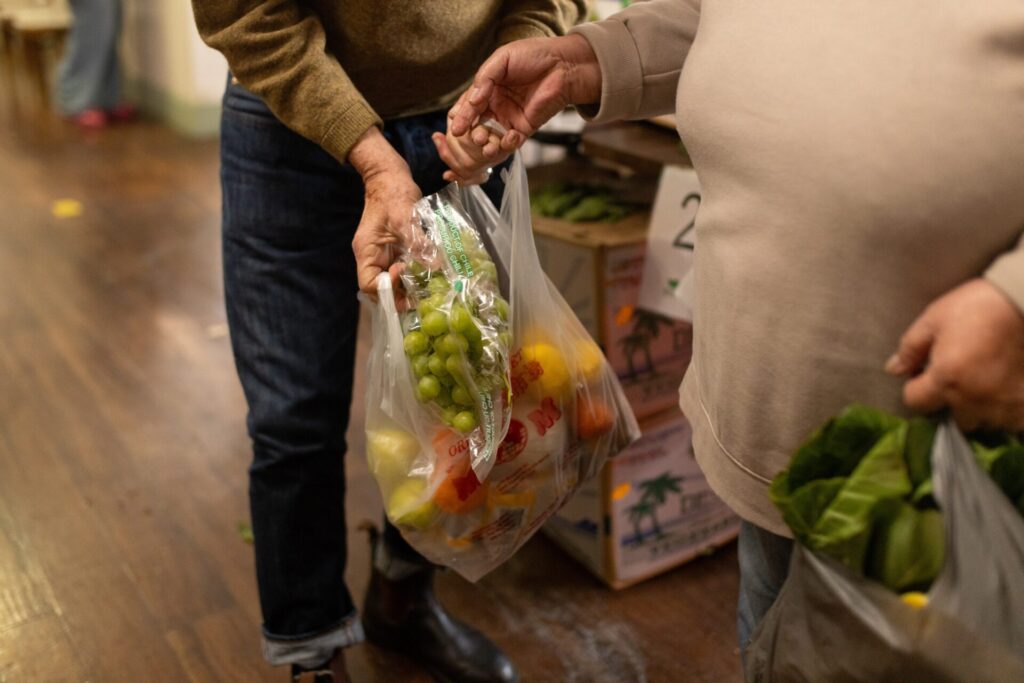 best part about the pantry is that we can tell them where the food is coming from,” said Ebony. “It’s farm fresh, and it’s not going to expire tomorrow. Tables and tables full of vegetables, protein, milk, and more. Way better.”
best part about the pantry is that we can tell them where the food is coming from,” said Ebony. “It’s farm fresh, and it’s not going to expire tomorrow. Tables and tables full of vegetables, protein, milk, and more. Way better.”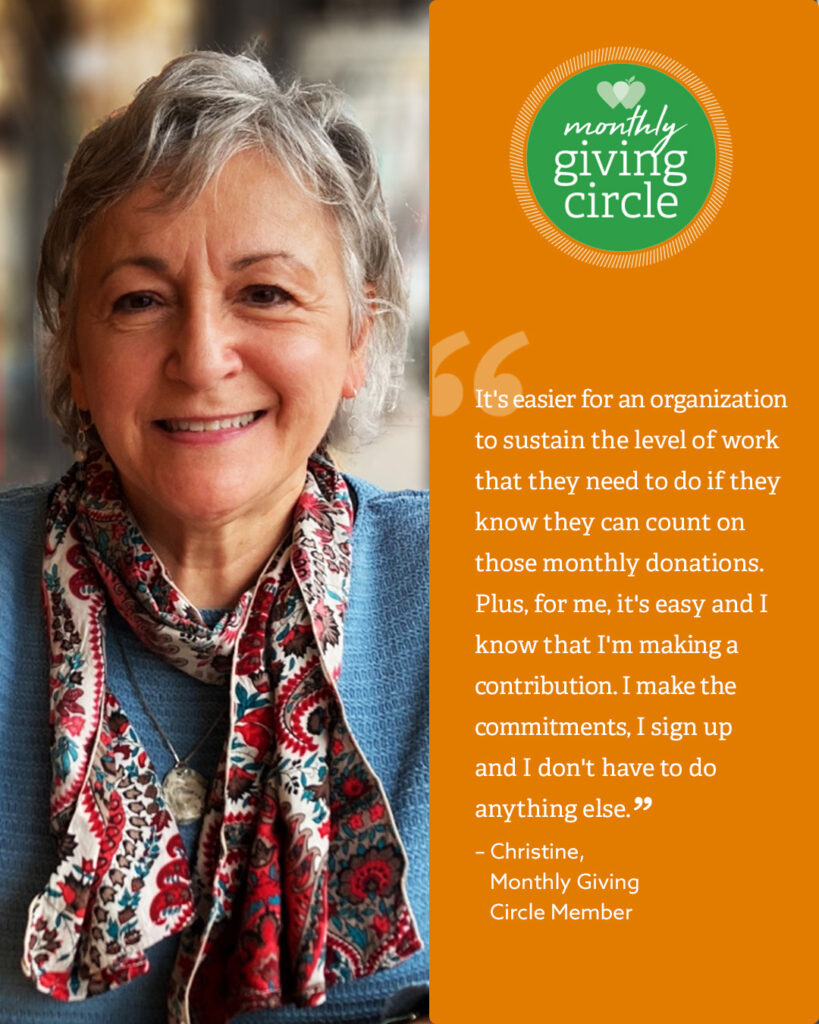 For Christine, a member of our Monthly Giving Circle, showing up for her neighbors is second nature.
For Christine, a member of our Monthly Giving Circle, showing up for her neighbors is second nature.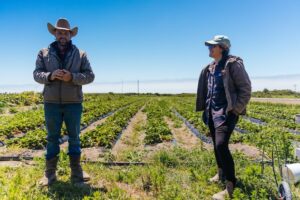 “[We want] to make organic food from small and medium farms not a luxury, but something widely accessible,” says Veronica. “Our model is designed to take that step back from the final consumer, connecting small farms to institutions like the Food Bank to broaden access to fresh, local food.”
“[We want] to make organic food from small and medium farms not a luxury, but something widely accessible,” says Veronica. “Our model is designed to take that step back from the final consumer, connecting small farms to institutions like the Food Bank to broaden access to fresh, local food.”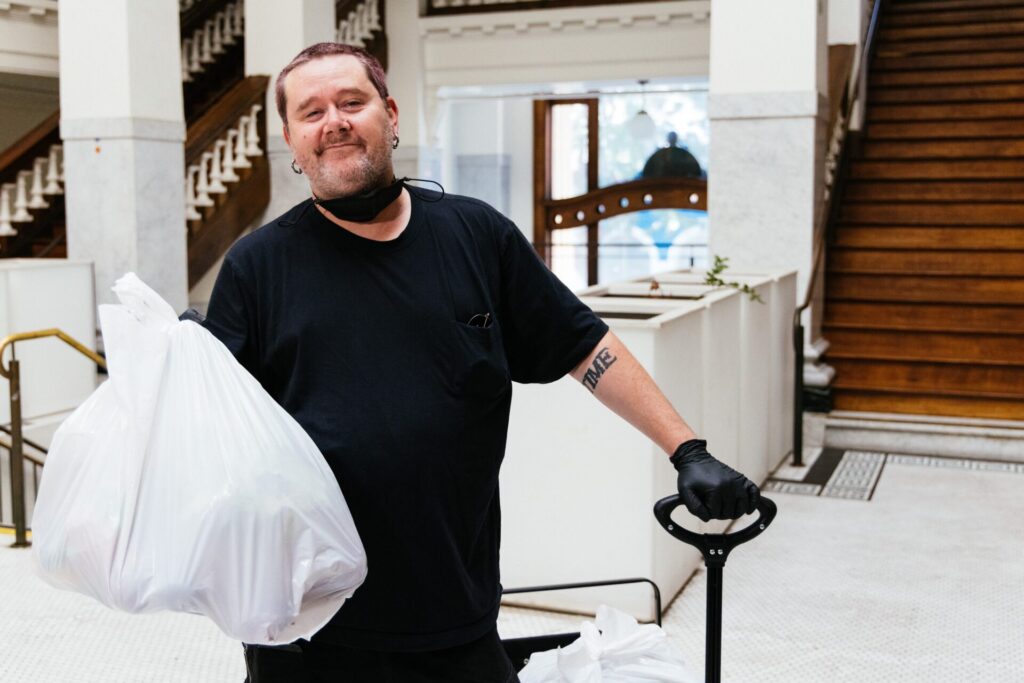
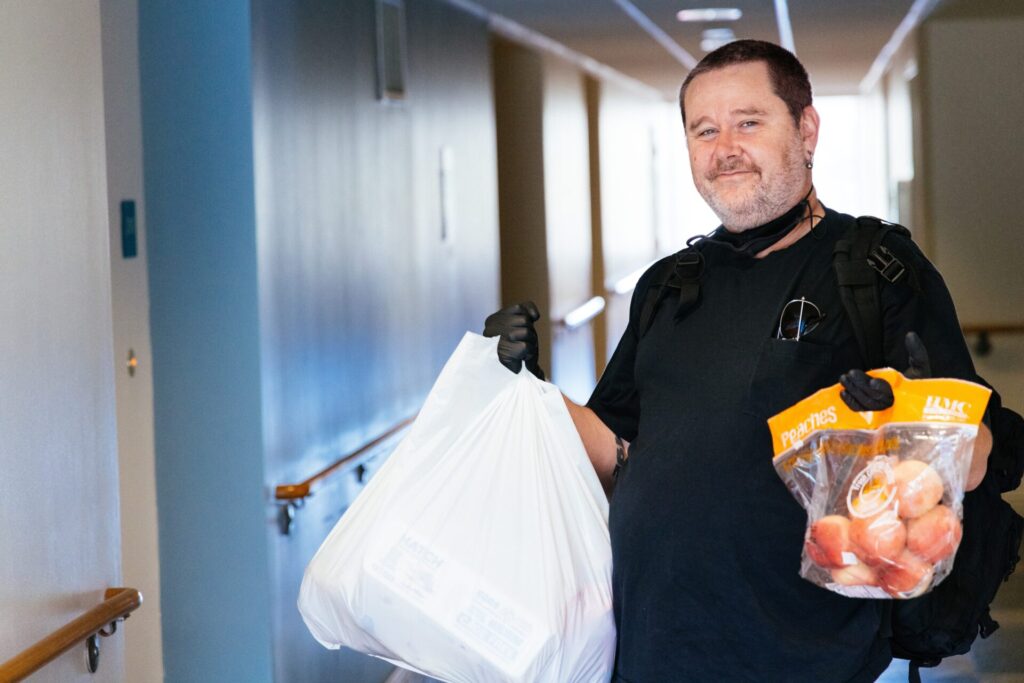
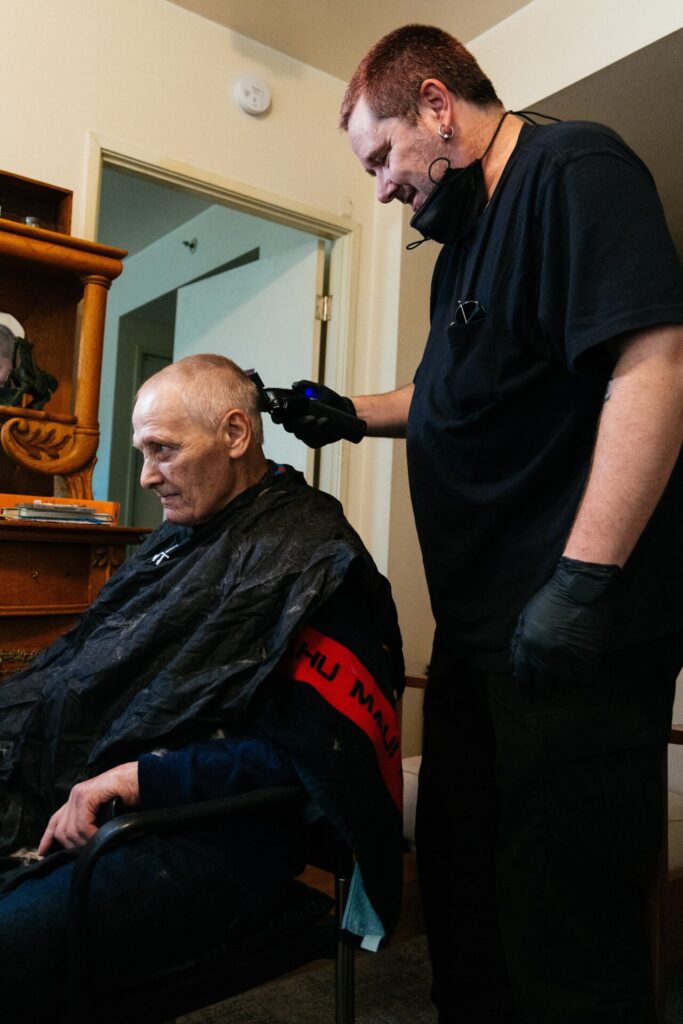
Share